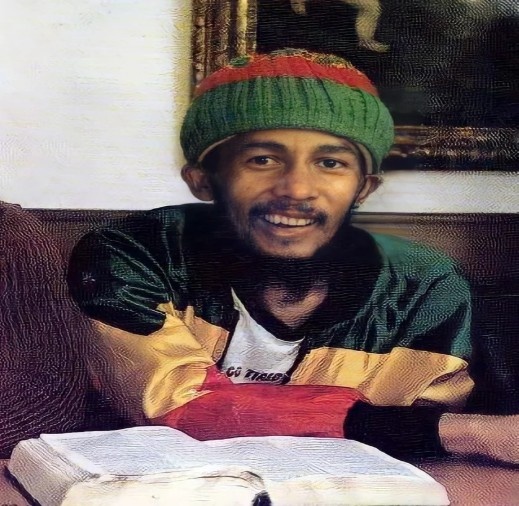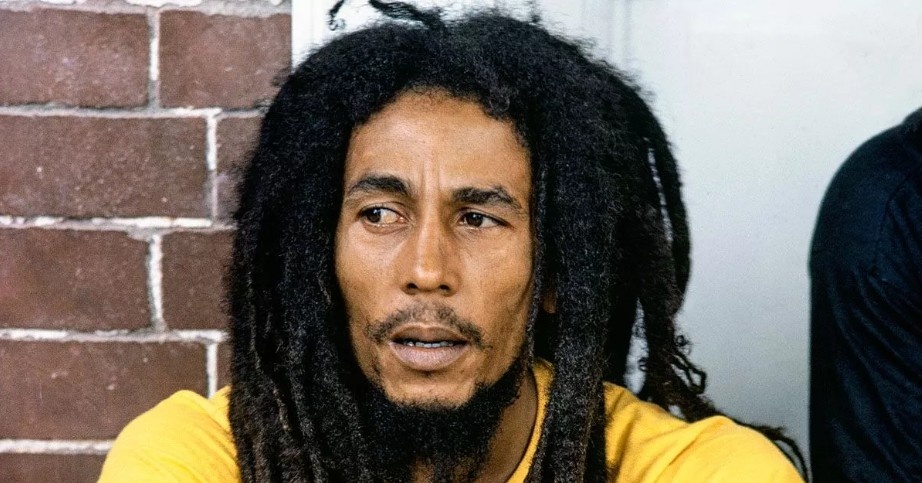I still remember the first time I saw Bob Marley’s last photo. It was a moment that seemed to freeze time, giving me a haunting yet profound look into the soul of one of the greatest musical icons the world has ever known. It wasn’t just a photo; it was a window into his final days, a snapshot that felt like a quiet goodbye.
Looking at it, I couldn’t help but feel a deep sense of loss mixed with gratitude for all the music, love, and hope he spread during his lifetime. But what does this final photo really mean? How does it encapsulate the spirit of Bob Marley, a man who revolutionized music and became a cultural beacon? Let’s reflect on this lasting image, remembering not only the man but also the legend.

What Is the Significance of Bob Marley’s Last Photo?
Looking at Bob Marley’s last photo, it’s hard to escape the emotional weight that it carries. Taken just months before his death, this image serves as a final reminder of the strength and vulnerability of the man who had given so much to the world. There’s a certain serenity in his expression, as if he knew the fight was nearing its end, but that his message would endure.
In a sense, this photo captures a moment of both acceptance and determination. Marley, who had once captivated the world with his energetic performances, now appeared calm, almost peaceful, as if he were ready for the next stage. It’s a photograph that speaks volumes about the complexity of life and death – how even in our final moments, we can still leave a lasting imprint.

What Was Bob Marley’s Legacy?
Bob Marley’s legacy transcends music; it’s woven into the very fabric of cultural history. Born in Jamaica in 1945, Marley’s influence spread far beyond the shores of his homeland. His music, with its messages of peace, unity, and social justice, became a rallying cry for generations seeking change. From the streets of Kingston to the global stage, his sound melded reggae rhythms with revolutionary messages. Songs like One Love and Redemption Song became anthems, not just for the oppressed, but for anyone who believed in a better world.
Marley’s music wasn’t merely a reflection of his own struggles, but a voice for those who felt unheard. His last photo, captured during a brief period of peace before his death, carries that same spirit of resilience and hope. It’s impossible to look at it without feeling the weight of all that Marley represented – not just a musician, but a movement. The image is like a closing chapter of a book, but it leaves behind a message that continues to resonate.
Why Did Bob Marley’s Health Deteriorate?
The final chapter of Marley’s life was marked by illness, and his health decline was as sudden as it was tragic. In 1977, Marley was diagnosed with a form of melanoma, which eventually led to his untimely death in 1981. His health struggles were something he kept largely private, not wanting to burden his fans with his personal suffering.
In fact, the last known photos of him, taken in 1980 while he was in Miami for treatment, reveal a weakened Marley, but still with that unmistakable fire in his eyes. It’s a striking image – the man who had once stood strong, now frail yet unbowed, exuding the same defiant energy that had fueled his music. These photos are a painful reminder that even legends are mortal, but they also showcase the undying spirit of a man who gave everything to his music and his beliefs.
How Did Bob Marley Influence Modern Music and Culture?

Image Credit- Le Canapé
Bob Marley’s influence is immeasurable, and his last photo is, in a way, a reflection of that enduring legacy. Reggae music might have had a niche audience before Marley, but he brought it to the global stage. His fusion of Rastafarian spiritual beliefs, social activism, and captivating melodies shaped the soundscape of the 70s and 80s, influencing genres like rock, pop, and hip-hop.
Even today, Marley’s influence can be felt in everything from the music we listen to, the way we view social justice, and the very fabric of cultural conversations around the world. His songs continue to inspire movements, from political protests to peace rallies. The photo of him in his last days serves as a reminder that his music was never just about entertainment – it was a call to action, a plea for freedom, and a beacon of hope.
What Can We Learn from Bob Marley’s Final Moments?
As we look back on Bob Marley’s last moments, we’re reminded of the impermanence of life. It’s easy to become consumed by the daily grind and the pursuit of success, but Marley’s story is a humbling reminder to find balance and to always stay true to oneself. Despite his health struggles, Marley remained a symbol of resilience and optimism, embracing life and its challenges with the same passion he had for music.
This final image of Marley, even in his frailty, reminds us of the importance of staying authentic and continuing to fight for what we believe in, no matter what life throws our way. It’s a lesson in endurance, in never giving up, even when the world is at its darkest.
Frequently Asked Questions
1. When did Bob Marley pass away?
Bob Marley passed away on May 11, 1981, after a lengthy battle with cancer. He was only 36 years old, a tragic loss for both the music world and the world at large.
2. Where was Bob Marley’s last photo taken?
His last known photo was taken in Miami, shortly before his death. It captures a frail Marley, surrounded by loved ones, yet still maintaining that quiet strength and resilience.
3. What was the significance of Marley’s cancer diagnosis?
Bob Marley’s melanoma diagnosis was significant because he chose not to have it treated aggressively, opting for alternative medicine instead. This decision has sparked much discussion regarding the impact it had on his health and his legacy.
4. How did Bob Marley’s music impact global culture?
Marley’s music transcended cultural and political boundaries, bringing reggae to the forefront of global consciousness. His songs became anthems for peace, unity, and social justice, influencing generations across the world.
A Final Scoop Before You Jump In
Bob Marley’s last photo might be a final glance at the man behind the music, but it also serves as a lasting reminder of everything he stood for. It’s a poignant, emotional moment captured in time that resonates with anyone who’s ever felt the power of his music. Even in his final moments, Bob Marley embodied the same spirit that made him a legend – a symbol of hope, resilience, and unity.
So, next time you hear one of his songs, maybe take a moment to reflect on that image, remembering the man who gave us more than just music, but a message that will never die. Listen to a track, revisit his interviews, and allow his words to continue guiding you, just as they have for millions before.


